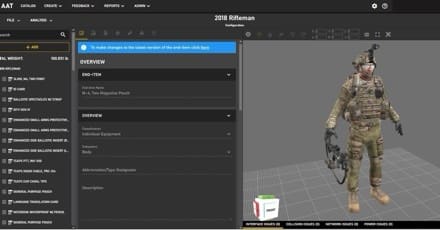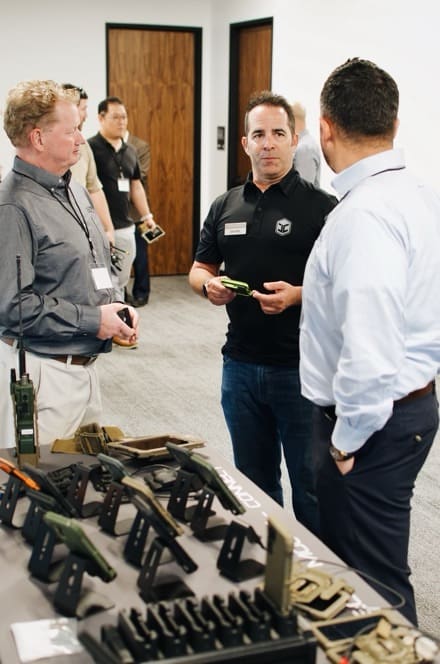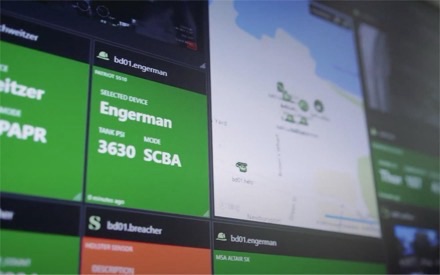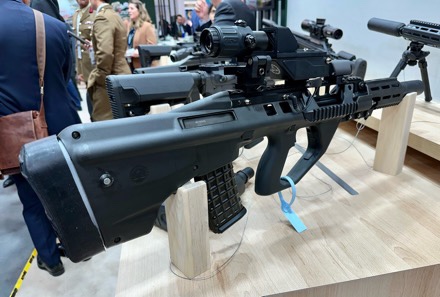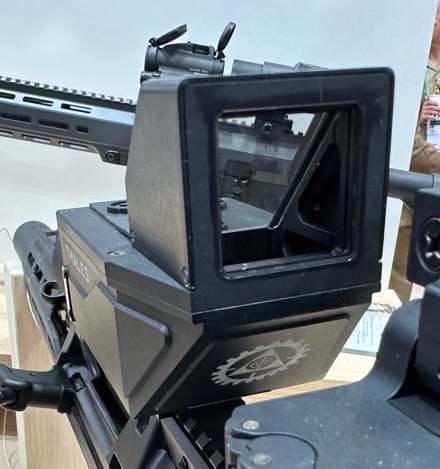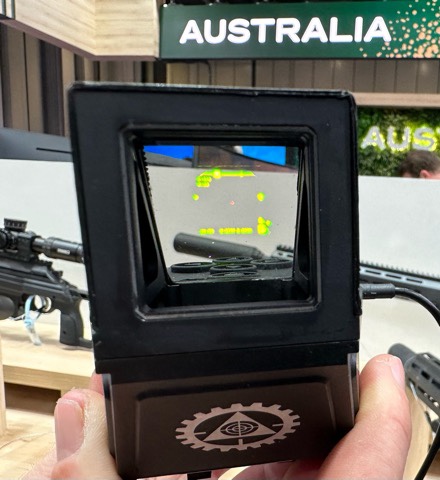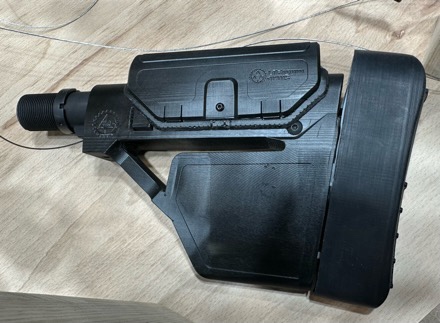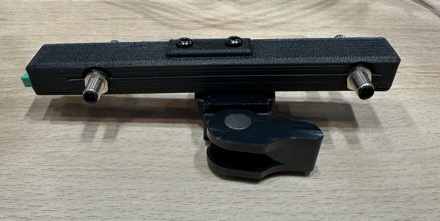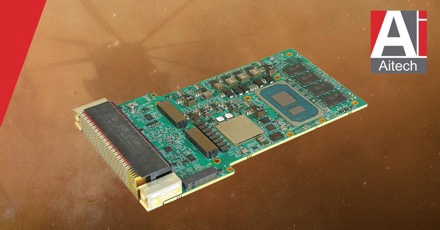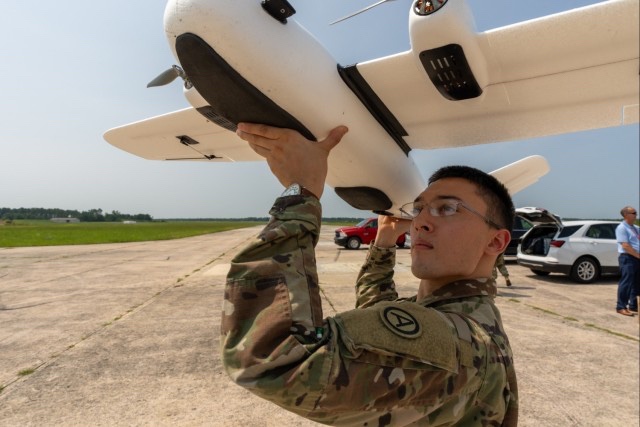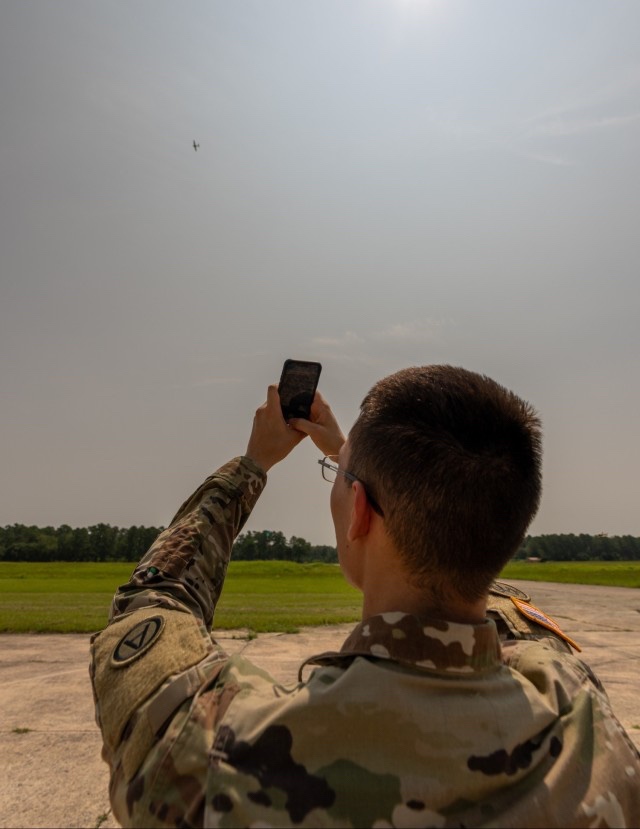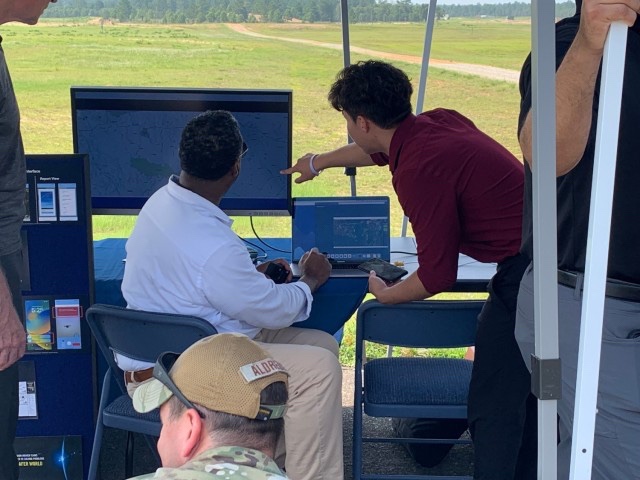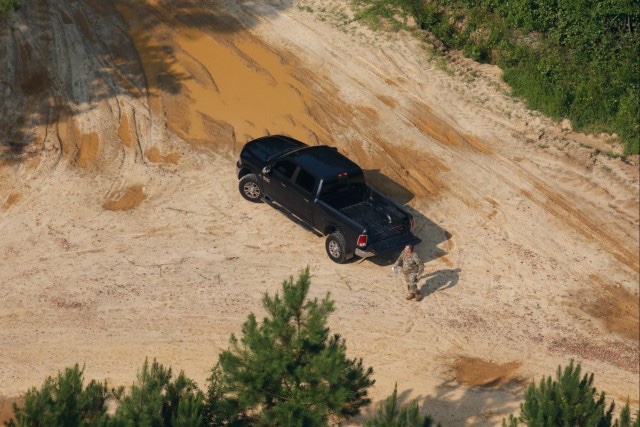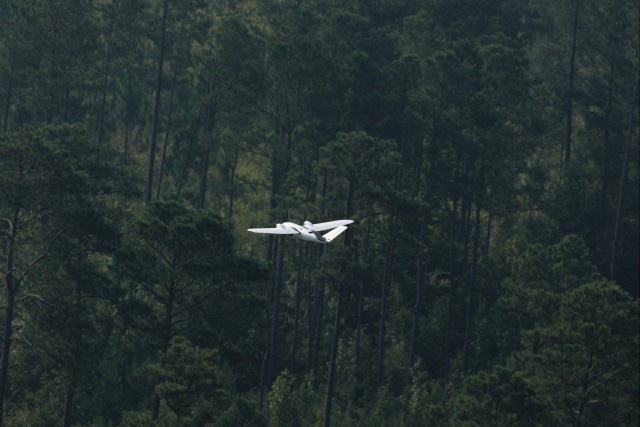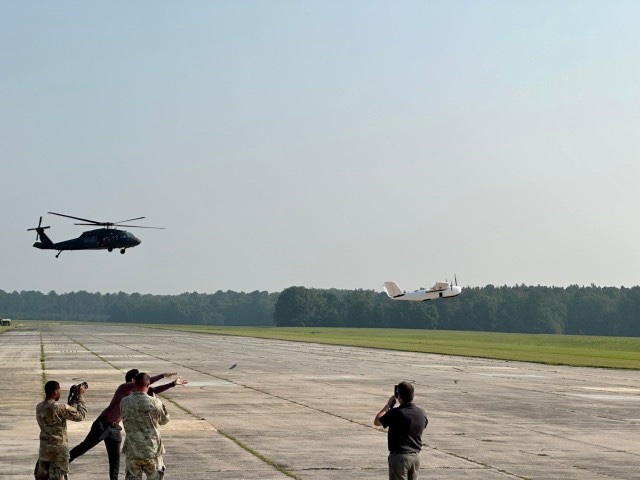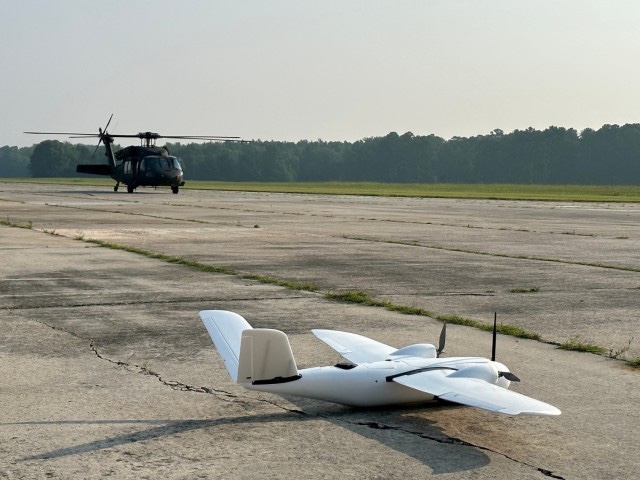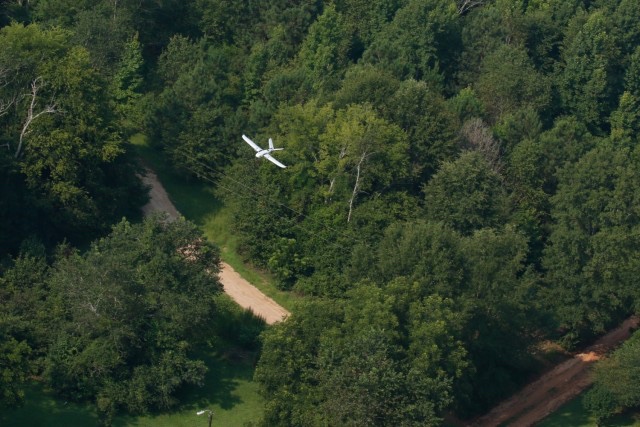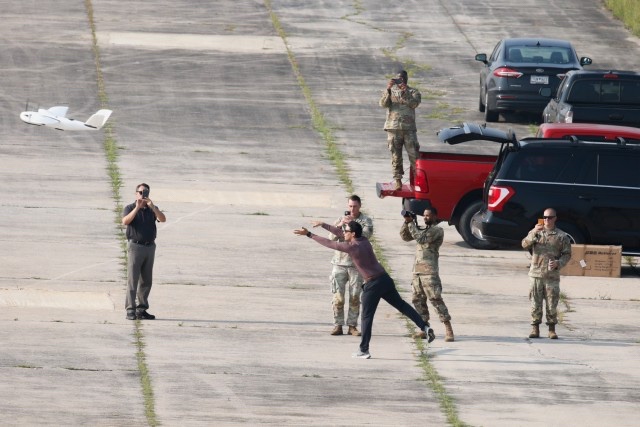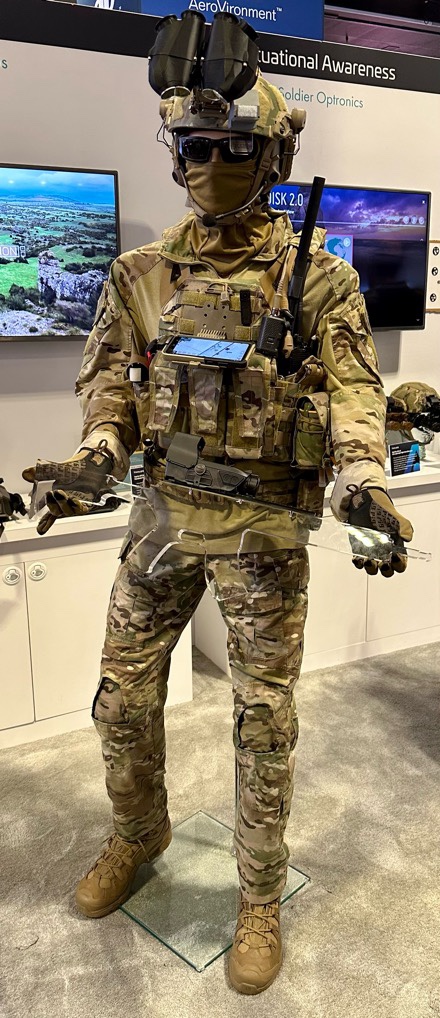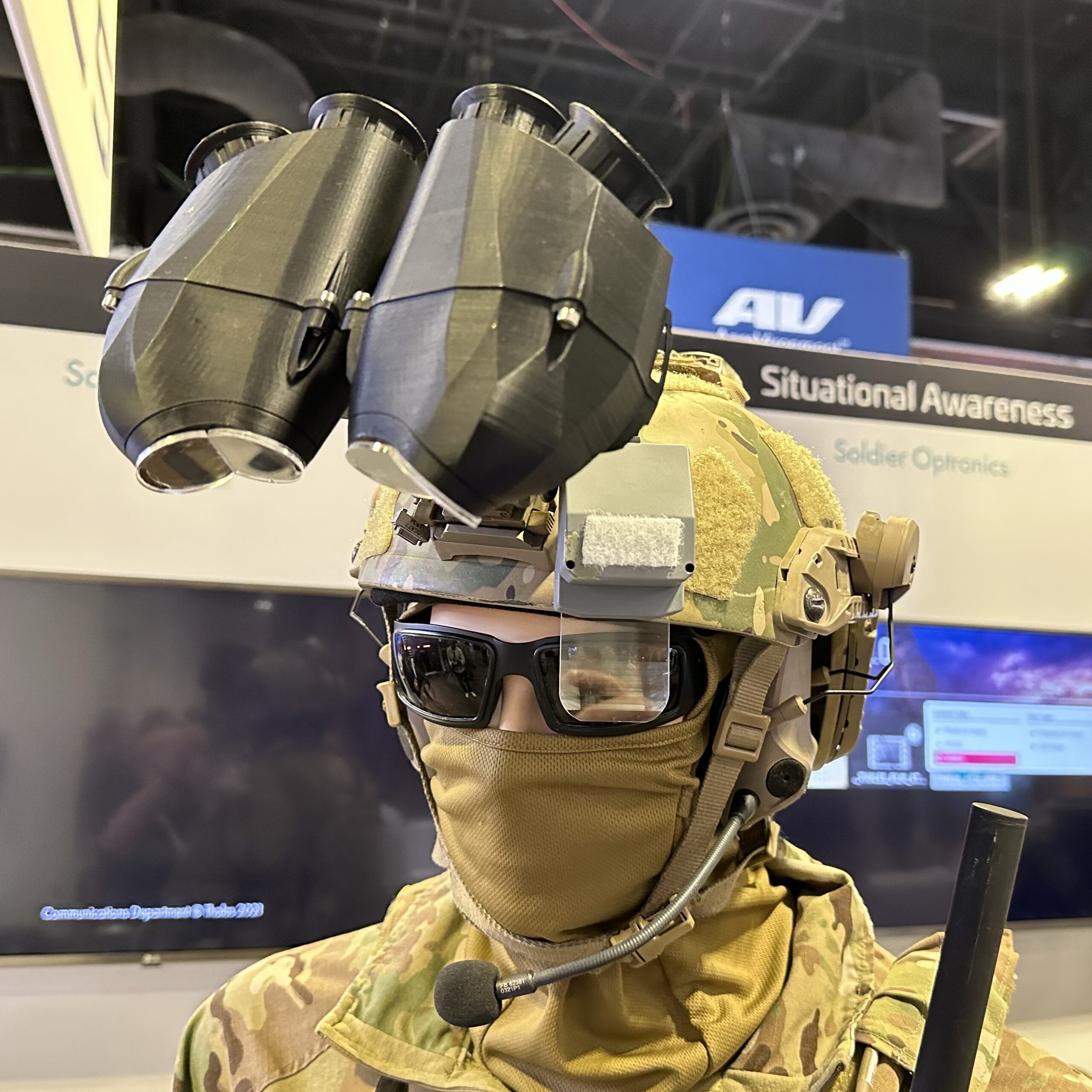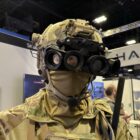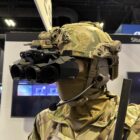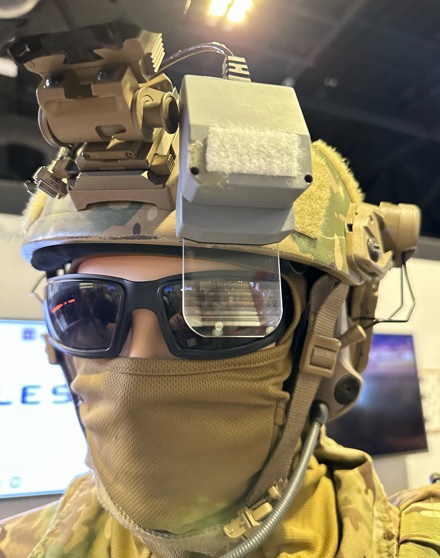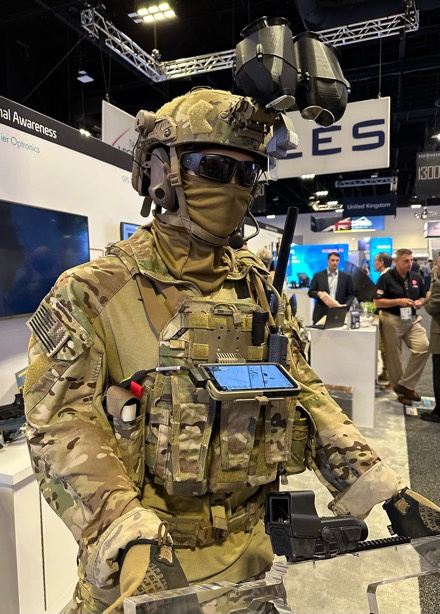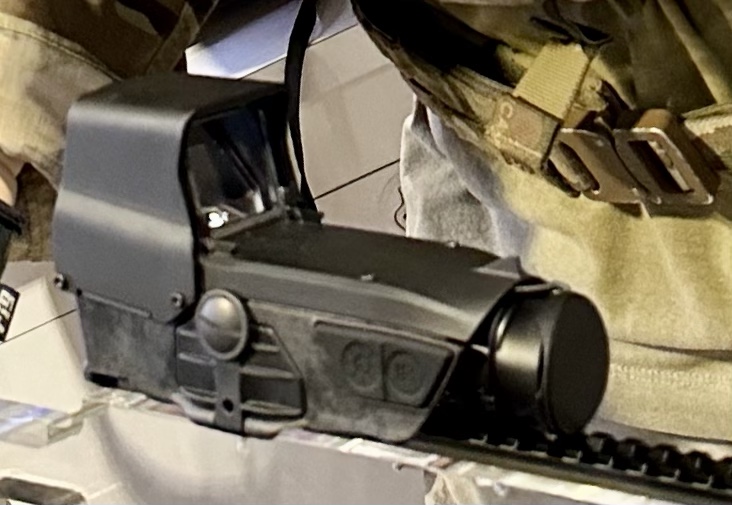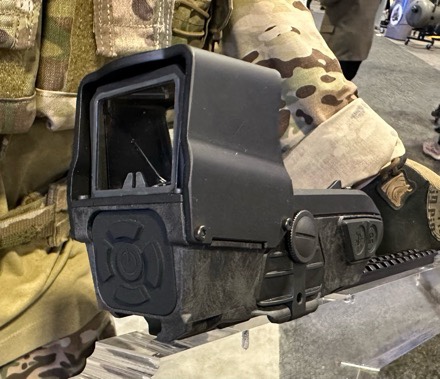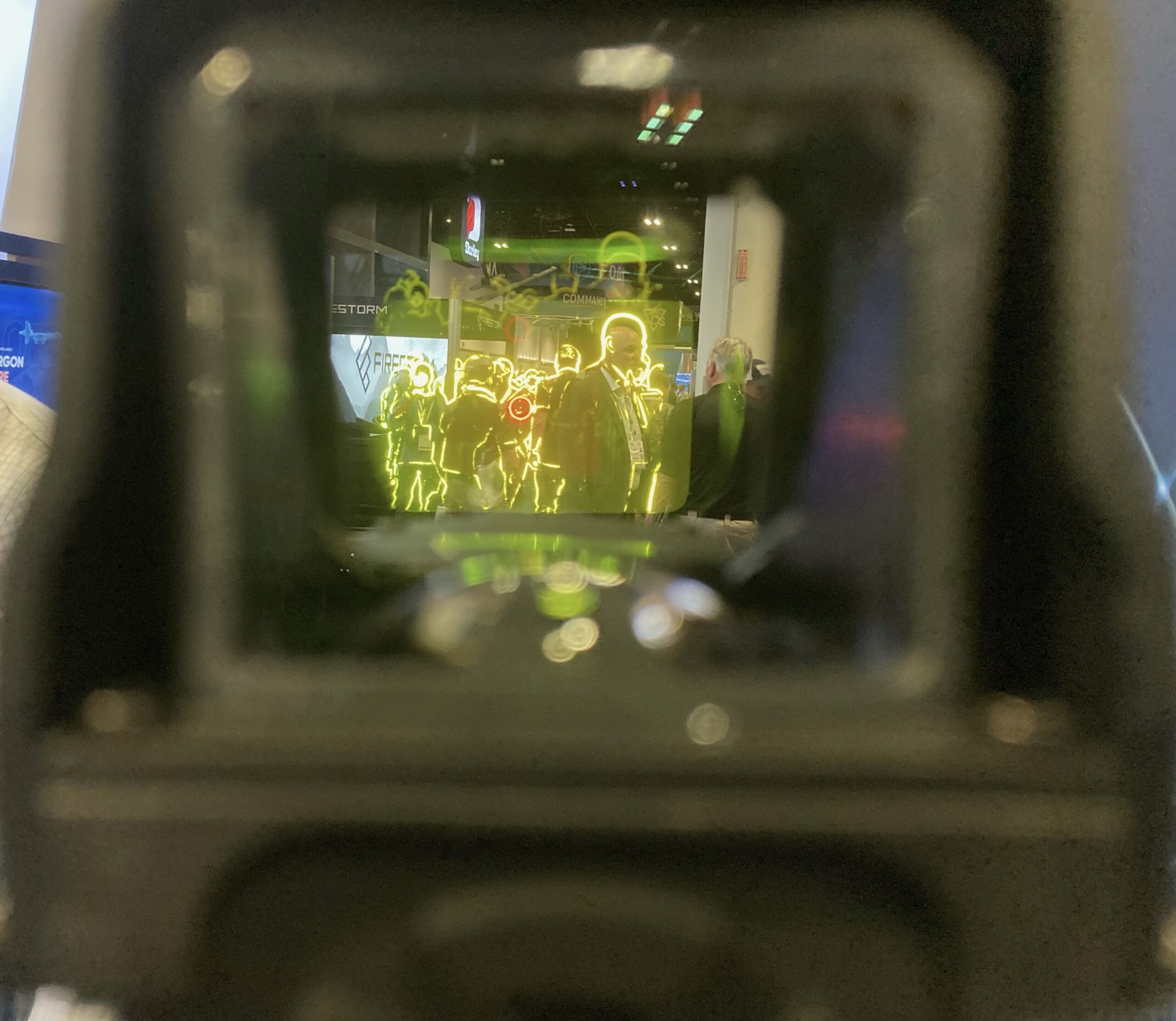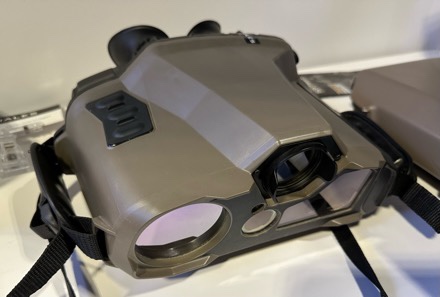
FORT DRUM, N.Y. — Developing a new product, may require a hefty time commitment, multiple revisions, and a lengthy process to get it to the consumer. Army Training Information System, or ATIS, developers are not only trying to circumvent the lengthy process of putting a product in the hands of users, but they are working with the ones it is intended for – Soldiers.
Soldiers of A Company, 2nd Battalion, 87th Infantry Regiment, 2nd Brigade Combat Team, 10th Mountain Division (LI) are getting a chance to work with a system that is not yet available to the rest of the Army.
ATIS is tasked with taking 21 legacy systems that the Army and its Soldiers are currently using to manage training and data and merging them into one. The goal is to have a new system that will be a one-stop shop for tasks that manage training, resources, data and scheduling.
Maj. James Oliver, assistant product manager for ATIS, said he believes that the work that they are doing is important and staying Soldier-centered is essential.
“It’s going to save Soldiers time,” Oliver said. “A lot of these systems aren’t modernized, so Soldiers that are using them, they’re using some old system that haven’t been updated.”
The goal is to produce an intuitive system that does not require multiple systems or training to log on and use it. As part of this project, the ATIS team held sessions with Soldiers about their jobs, what they do, and what they would like to see when it came to the system.
First Sgt. Andrew Acuna, A Company, 2-87 Infantry Regiment, and his Soldiers, have been participating in sessions with ATIS since August 2024, and have been able to use the new system and give first-hand feedback to its engineers.
“It has been great having a direct line to the individuals responsible for designing the user interface here,” Acuna said. “It’s rare that we have the opportunity to directly talk to someone when we’re having difficulty, and it’s a huge plus.”
The ATIS team not only takes the feedback from the Soldiers using the system, but they are interacting with the Soldiers by interviewing the Soldiers using the system and watching them complete training lanes, which allows the team to see the reasoning behind the recommendations the Soldiers are making.
The program’s engineers are using these moderated systems as a way to pull together a mockup of what they believe Soldiers want and use that information to put a working system into the hands of the Soldiers who provided the feedback. The information taken from these sessions will be used to continue to revise ATIS so it is ready for the entire Army to use in fiscal year 2026.
By SSG Brittany Washington


